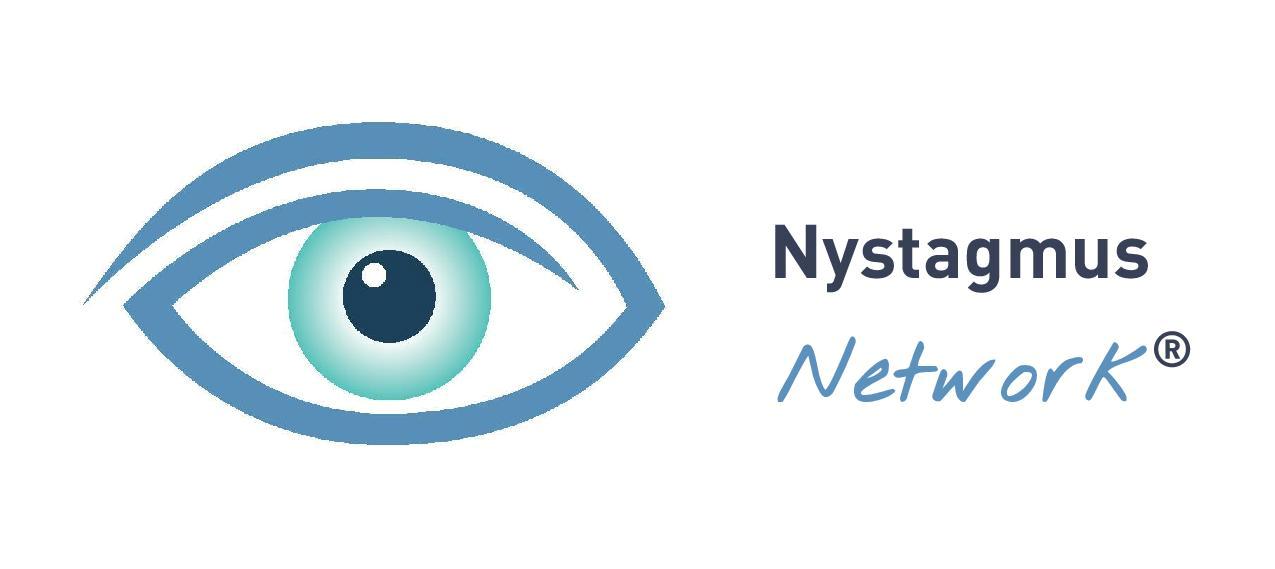Diagnosing nystagmus can be quite a lengthy process. From the time the eye movements are first noticed to establishing a possible cause there may be a whole raft of medical appointments and tests.
It may be a parent, other family member, friend, health visitor or GP who first notices congenital (infantile) nystagmus in a baby or an Optometrist who confirms acquired nystagmus, which can be the first sign of a new medical disorder, in an adult. Both types of nystagmus require thorough investigation. Medical teams will need to carry out a range of tests to confirm the diagnosis and to establish the cause.
Diagnosing congenital nystagmus
The reason for finding the underlying cause of nystagmus in a baby or young child is so that the doctor can advise the parents about the likely effect on the vision later on. The GP will refer the family to a hospital eye clinic or ophthalmology department.
Electrophysiological tests are carried out, including ERG (electroretinogram), VEP (visually evoked potentials) and VER (visually evoked responses). The tests require electrodes to be taped to different parts of the face or head whilst the child looks at a screen. Although they may sound alarming, these tests do not hurt and can be carried out on even very young children with out discomfort or distress.
The tests can reveal different eye abnormalities and, for example, confirm a diagnosis of ocular albinism. The waveform of the eye movements will also be measured to determine the type of nystagmus present.
Brain scans may be required to rule out any neurological cause for the nystagmus, either a CT or MRI scan. The MRI shows greater detail. Scans may require a very young child to be sedated in order that they stay still enough.
Genetic testing is now widely available on the NHS and can further support a diagnosis, whether or not there is a family history of nystagmus.
Any case of nystagmus for which a cause cannot be found is recorded as idiopathic or no known cause. With ever more sophisticated testing in place, the number of idiopathic cases is growing smaller.
Diagnosing acquired nystagmus
The road to finding the cause of acquired nystagmus may be long and ultimately lead to no conclusion, because of the myriad possible causes. The first referral may be to an ophthalmologist, followed by a neurologist or neuro-ophthalmologist.
Sight tests may not reveal any particular sight difficulties and will not take into account the effects on wellbeing of living with blurred or moving images associated with oscillopsia.
Tests for balance, gait and co-ordination, which can all be affected by Acquired Nystagmus, may focus on the mechanism of the inner ear (vestibular). The patient may be referred to an Ear, Nose and Throat specialist for these. Other investigations are blood tests and genetic testing, MRI or CT scans and lumbar punctures.
Any case of acquired nystagmus for which a cause cannot be found is recorded as idiopathic or no known cause. The majority of cases of acquired nystagmus are recorded as idiopathic which means that the cause cannot be identified.
